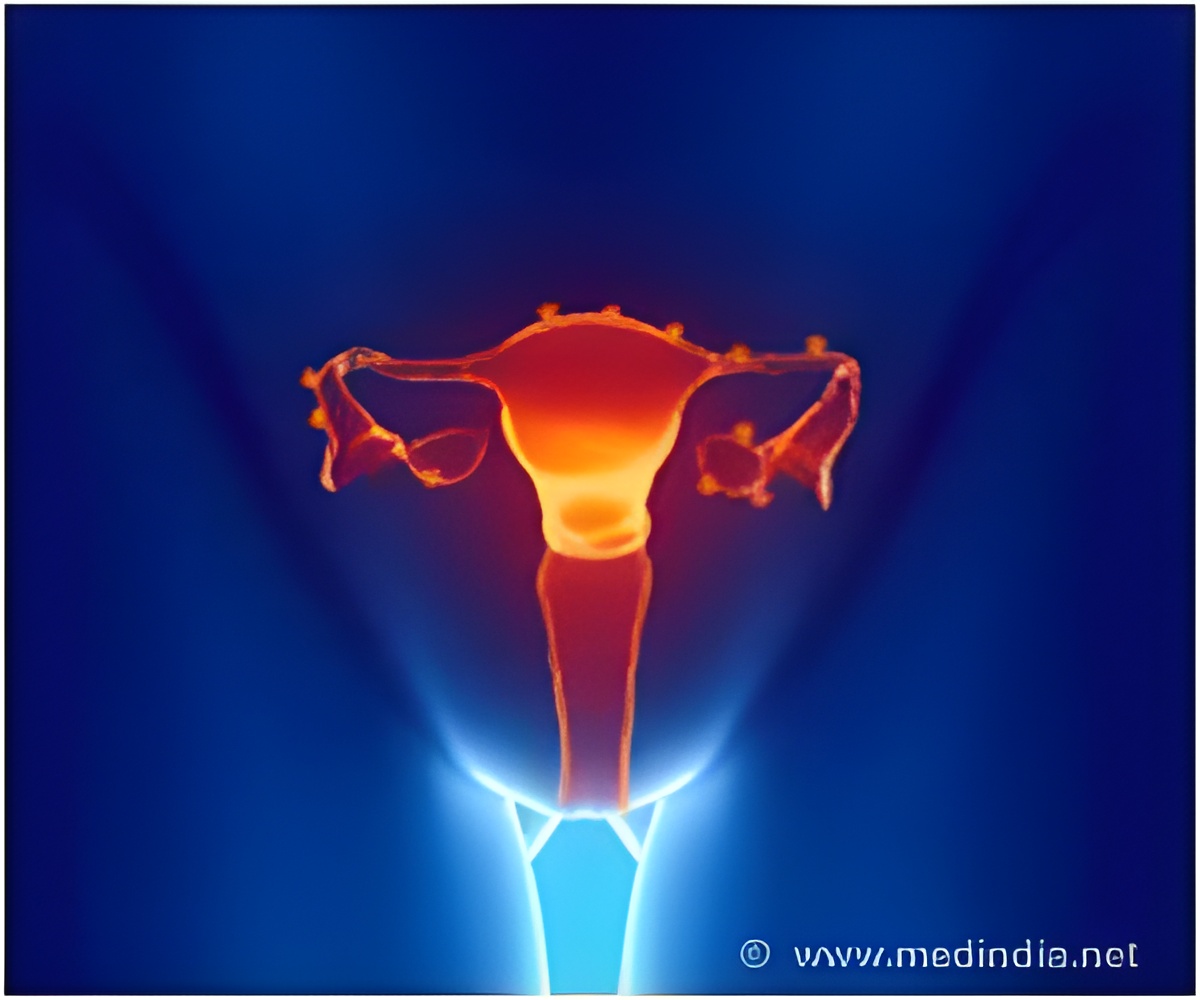Increasing height and, in women who have never taken menopausal hormone therapy, high body mass index are risk factors for developing ovarian cancer, a study in PLoS Medicine reveals.

The Collaborative Group on Epidemiological Studies of Ovarian Cancer, based in the University of Oxford and involving over 100 researchers internationally, reached these conclusions by analyzing individual-patient data from 47 epidemiological studies from 14 countries which comprised a total of 25,157 women with ovarian cancer and 81,311 women without ovarian cancer – virtually all the relevant data on the topic worldwide.
The researchers found a significant increase in the risk of developing ovarian cancer for every 5cm increase in height which did not vary when other factors such as age, menopausal status, smoking, alcohol consumption, having first degree relatives with ovarian or breast cancer, use of oral contraceptives, or use of menopausal hormone therapy, were taken into account. However, for body mass index, the risks depended on whether women had ever taken menopausal hormone therapy but not on 11 other factors examined.
The collaborators say: "This collaboration has brought together and re-analysed individual data from 47 studies on ovarian cancer risk associated with adult height, weight, and body mass index, that is, most of the available epidemiological information worldwide. Collectively, the findings show a highly significant increase in the risk of ovarian cancer with increasing values for each of the anthropometric variables examined."
They continue: "The increase in ovarian cancer risk with increasing height and with increasing body mass index did not vary materially by women's age, year of birth, ethnicity, education, age at menarche, parity, family history of ovarian or breast cancer, use of oral contraceptives, menopausal status, hysterectomy, or consumption of alcohol and tobacco. However use of hormone therapy for the menopause attenuated the relationship with body mass index, since an increase in ovarian cancer risk with increasing adiposity was found only in never-users of such therapy."
They add: "An advantage of seeking to review all epidemiological studies of ovarian cancer with relevant information on body size, published and unpublished, is that this helps avoid unduly selective emphasis on published results or just on some studies."
Advertisement
Source-Eurekalert















